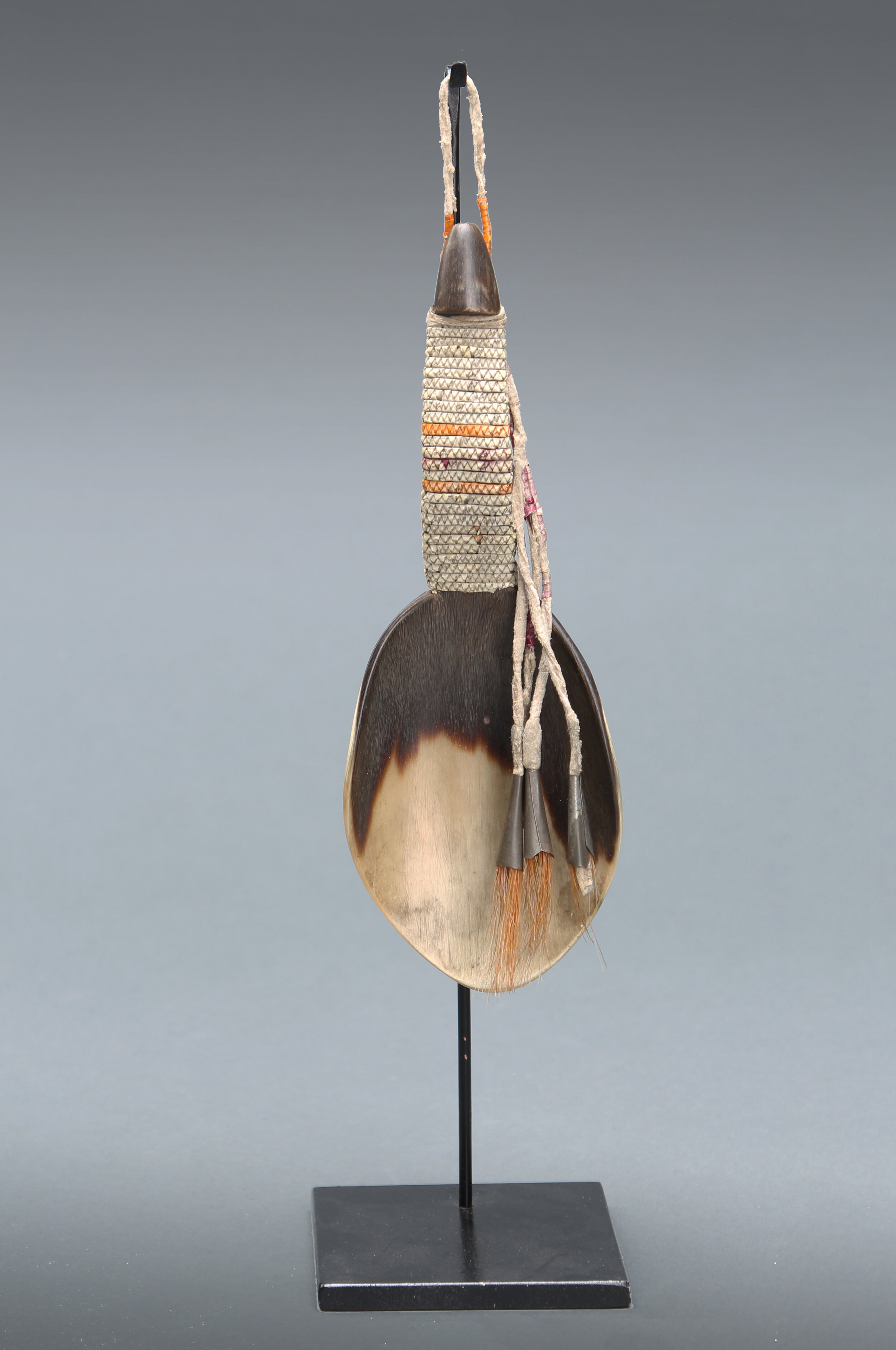Ethnographic Appreciation:
Plains Indian Elk Horn Scrapers
Elk horn scrapers, called "wahintki" in Lakota language, were made from a section of an elk antler between the second and third tine. These scrapers did not wear out and seldom broke and were cherished by the Plains Indian women. It was often passed on through successive generations, as noticed by George Bird Grinnell among the Cheyenne in the early 1900's: "It was a matter of pride for a woman to possess a flesher made by her grandmother or grandmother's mother."
Here is a selection of three exceptional, early elk horn scrapers from our collection.
Plains Hide Scraper SF2532
19th century
A very fine Plains hide scraper with numerous dots around the circumference and numerous hash marks on the body. It is assumed these are a reference to buffalo hides tanned. Made from elk horn with a wonderful mellow patina.
length: 12", width: 1 1/2”
Plains Hide Scraper #6436
c. 19th Century
Made from elk horn and an old wagon leaf spring, bent and held in place by hide strips.
Nine hash marks on side (Buffalo hunts?) Old museum inventory number.
length: 12 1/2", width: 1 5/8"
Hide Scraper #4506
c. 1860
Bone haft with stone blade, hide wrapped. Used by women for scraping skins before tanning. Ex: Collection of Roy Marsh, a trader on the Crow Reservation near Pryor, Montana. Roy Marsh had a museum/mercantile/pawnshop in Pryor after the turn of the century. His collection included many artifacts belonging to local Crows such as Plain Feather, Plenty Coups, Plain Bull, and Old Dwarf.
length: 12 1/2", circumference: 2”
Native American Quillwork Art
Before the introduction of glass beads, one of the most used form of decoration in North America was porcupine quill embroidery.
The porcupine is a powerful rodent unique to North America. The northern range of the common porcupine covers most of Canada, the western U.S., northern parts of New England and the Great Lakes region, but is oddly not naturally found on the Great Plains where the art of quillwork was very popular.
The porcupine, whose aptly latin name is Erethizon dorsatum ('to irritate with back') has over 30,000 quills on its body. The best ones for embroidery are found on the shoulders and flanks.
After harvest the quills were originally treated with vegetal dyes such as roots, bark, moss, fruits or berries.
The main embroidery techniques, sewing, plaiting, weaving, and wrapping, were used to create beautiful and intricate designs on brain tanned hides for clothing, moccasins, pouches and bags. Pipe stems and other objects were also embellished with quillwork.
Enjoy a selection of beautiful quillwork from our collection








